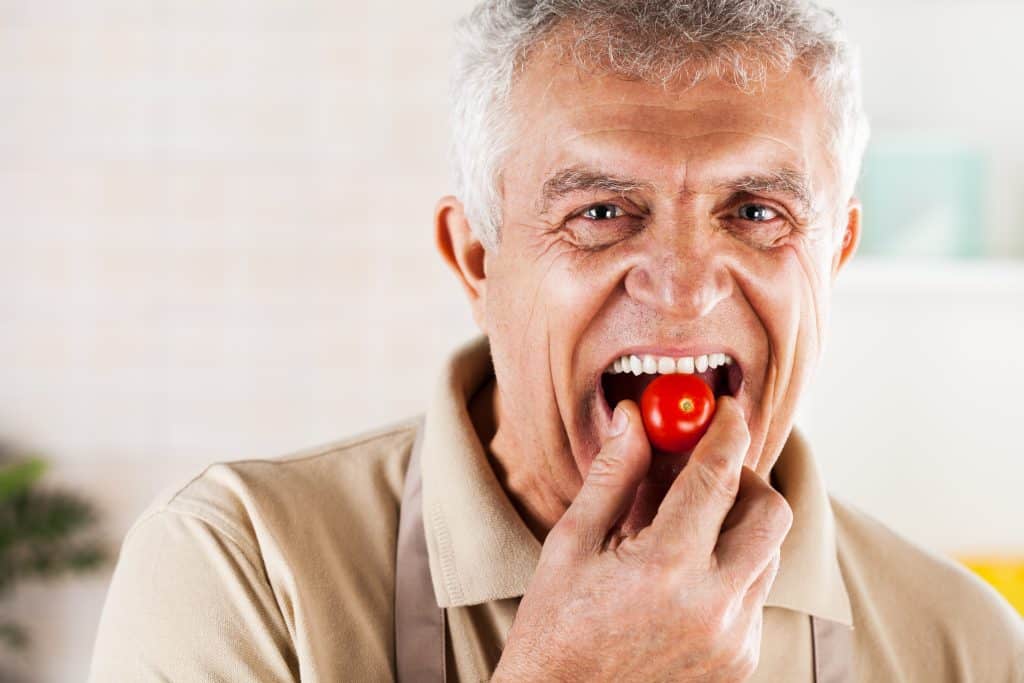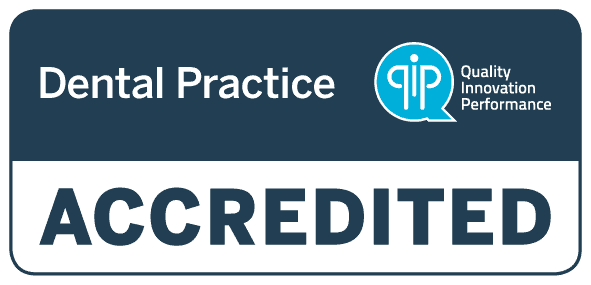It’s a well-known fact that sugar damages teeth, but it can also be difficult to give up. Understanding the impact of sugar on teeth may be a big reason for that. Whilst you may be aware of the dangers of regular sugar intake, do you actually understand how sugar damages teeth?
You will find out right here. Read on to understand the impact of sugar on teeth, how it slowly leads to tooth decay and lead to dental emergency treatment.

#1 – Build-Up Of Cavities
Your mouth contains vast amounts of bacteria, but not all bacteria is necessarily unhealthy. Consuming sugar builds up harmful bacteria known as Streptococcus mutans and Streptococcus sorbrinus. These form of bacteria feed on sugar from the foods you consume to form dental plaque. Plaque is a sticky colourless substance that forms on the surface of the teeth. You can read more about the dangers of dental plaque.
Harmful bacteria penetrate inside your mouth by creating acidic particles which also exposes your enamel. Your enamel is a very important substance because it acts as a shield to keep your teeth white. Exposed enamel introduces discolouration and sensitivity to hot and cold food and temperatures. This exposes your smile to a dark yellow shade. The acidic particles that are formed from bacteria are what trigger dental cavities. A dental cavity is the first stage of tooth decay that can leave a small hole in the tooth root, which would require a dental filling. Other cosmetic treatments to resolve cavities such as teeth whitening won’t work, read here to learn why.
#2 – Enamel Erosion
Consuming regular sugar introduces bacteria. This can then turn to acid and dissolve the enamel. This means that small pockets of space are created for more bacteria to reside, which then exposes the underlying dentin, yellow depressions on the tooth surface.
#3 – Tooth Decay
The culmination of the above, from plaque build-up to erosion of the enamel and acidic build-up are triggers that lead to tooth decay. Tooth decay is directly linked to sugar where the molecules combine when saliva and bacteria are present in the mouth. There are many cosmetic treatments available that can treat tooth decay. You’re losing vital minerals in your teeth with decay.
It is recommended that you reduce your sugar intake. Cavities can only be treated by a dentist. Although, there are tips to remineralize your enamel at home before cavities begin to form. Consider accommodating these steps into your oral hygiene to reduce the chances of cavities and tooth decay.

Eat Fruits and Calcium-Rich Foods
Fruits such as watermelon, pears and oranges stimulate saliva flow which is an essential weapon to fight off bacteria whilst bathing minerals to your enamel. Calcium is also a vital property to strengthen your teeth.
Use Fluoride Toothpaste
Fluoride can reduce cavities by almost half. It makes enamel more resistant and stronger. This also reduces the chance of decay forming. There are many kinds of toothpaste that contain fluoride properties you can use to brush teeth with. This is something that your dentist can recommend.
Cut Down On Sodas
Sodas are a massive culprit for cavities and tooth decay. Even diet sodas contain artificial sugars or natural sweeteners that are bad for teeth. Replace sodas with water throughout the day and with a meal.
Chewing Sugar-Free Gum
Chewing sugar-free gum can neutralize the acids and significantly improve the rate of saliva production. When this happens, you’re unlikely to experience a dry mouth and it also protects your enamel. This means you’re less likely to experience cavity.
Dental care is worth smiling about. Our Wollongong dentists are motivated to deliver healthy and happy smiles. We also have experienced dentists in Fairy Meadow to serve you. If this is what you’re looking for, contact us now and book an appointment with us.



